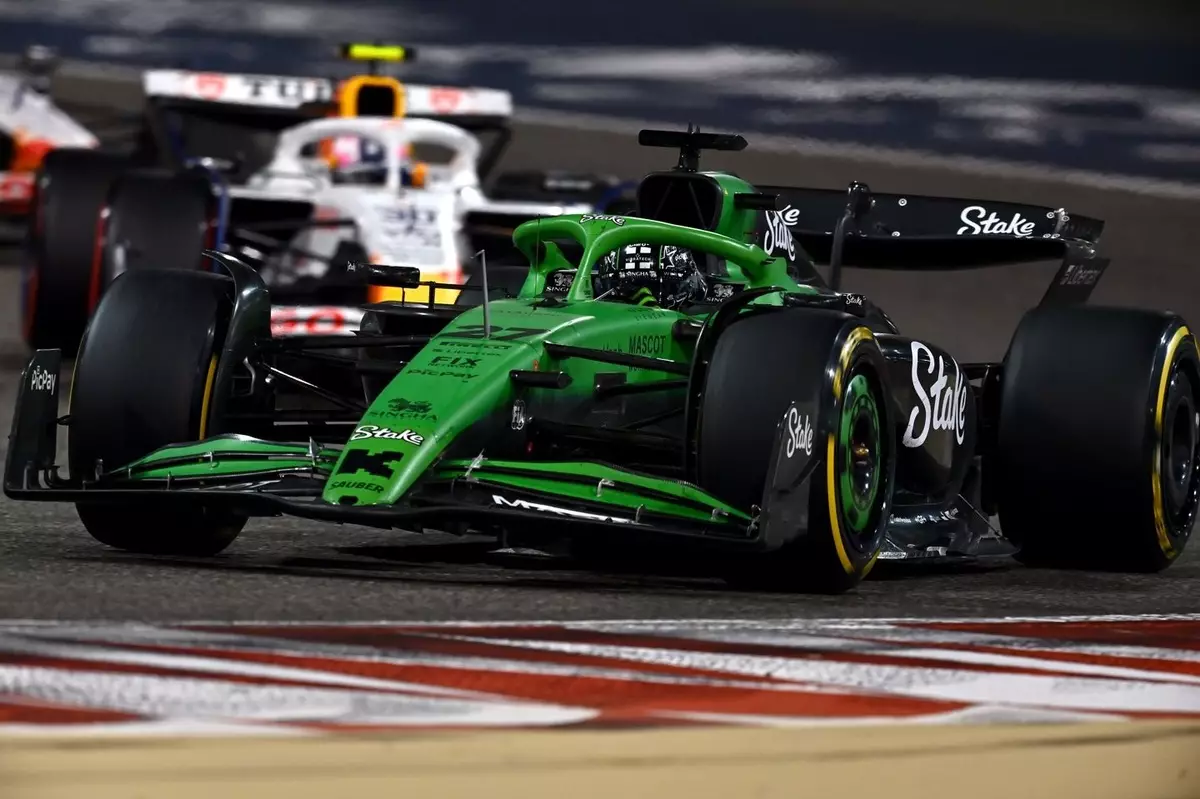The recent disqualification of Nico Hulkenberg from the Bahrain Grand Prix has cast a shadow over the Sauber Formula 1 team’s determination to reclaim a meaningful position in the sport. Finishing in 13th place after a grueling race, Hulkenberg’s moment of excitement swiftly turned to disappointment when it was revealed that his car had violated the minimum skid plank thickness regulation, being ground down to 8.4mm from the mandated 9mm. While disqualification is a harsh reality in the competitive realm of Formula 1, this incident serves as a stark reminder of how precision and adherence to regulations are paramount in the quest for success.
The ongoing search for clarity following this event raises questions about the Sauber team’s operations and decision-making under pressure. Beat Zehnder, a seasoned figure within the organization, acknowledged the unfortunate oversight regarding measurement. He suggested that a possible reason for the discrepancy could stem from Hulkenberg’s limited running in Free Practice 3 (FP3). However, the suggestion that missing data could lead to such an oversight feels like an inadequate explanation for a professional racing team striving for results. The failure to ensure the car’s compliance no matter the conditions indicates systemic issues that the team must address urgently.
Bahrain’s Challenges: A True Test of Endurance
In the wake of Hulkenberg’s disqualification, Zehnder also commented on the challenges posed by the Bahrain circuit itself, known for its bumpy surface that complicates skid plank wear. While this context is essential for understanding the circumstances, the Sauber team must avoid the temptation to place blame on external factors. Rather, this situation should ignite a sense of responsibility within the team, emphasizing a need to bolster their pre-race diligence and car preparation in order to walk the fine line of innovation and compliance.
The repeated incidents of excessive skid wear—also seen earlier in the season with Lewis Hamilton’s Ferrari—signal a worrying trend for the F1 grid as a whole. Maintaining car legality is crucial in a sport where every fraction of a millimeter and second counts. Sauber’s disappointment should not be treated as an isolated incident; instead, it reveals broader implications for teams struggling with performance and reliability in varying conditions.
Team Dynamics and Performance Pressures
Though the disqualification stole the spotlight, it is worth reflecting on Sauber’s entire season trajectory thus far. With only a points finish achieved in a chaotic and unpredictable Australian Grand Prix, Sauber appears to be grappling with its performance capabilities significantly. The hot conditions of Bahrain magnified their challenges, as the car struggled to exploit its potential. Zehnder hinted at a disconnect between performance during qualifying and race day, emphasizing the race strategies required to gain an advantage.
It is evident that Sauber finds itself in a precarious position amidst a highly competitive field, unable to effectively capitalise on opportunities due to a worrying lack of pace. The recognition that the gulf in performance necessitates a time deficit of 1.2 to 1.5 seconds highlights the competitive realities teams confront today. With the increase in tire wear under “dirty air” conditions, simply having the right skills is no longer sufficient; teams must also possess the ability to fine-tune and maneuver around ever-evolving challenges on race day.
Looking Ahead: The Need for Strategic Reevaluation
As they reflect on their recent setbacks, Sauber has the opportunity to pivot from disappointment to strategic improvement. The question lies not only in whether they can find those crucial tenths to enhance qualifying performance, but also in how they will adapt their racing strategy to emerge stronger from each tough experience. A more coherent communication structure and proactive problem-solving approach could serve to enhance both team morale and performance.
There is a pressing need for Sauber to revisit its development cycle and fine-tune its setup based on race data. Increased collaboration among engineers and drivers, along with a clear focus on understanding the specific demands of each track, would be wise. Moving forward, the motivation to conquer not just speed, but also reliability and compliance will determine whether Sauber can break through the barriers that currently restrain its potential and reclaim its place as a formidable competitor on the world stage.

